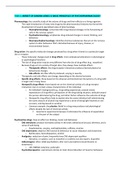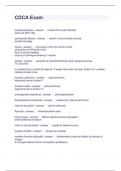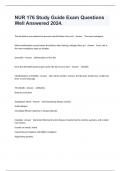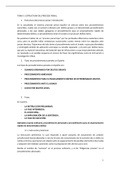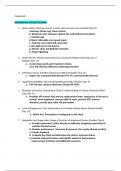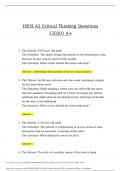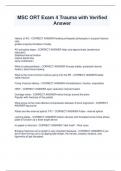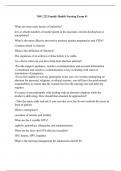Samenvatting
Summary PSY3312 Psychopharmacology // ALL TASKS
- Instelling
- Maastricht University (UM)
All 6 tasks of the course PSY3312 Psychopharmacology followed at Maastricht University, FPN. This course I followed during the minor Advanced Psychology, as part of the bachelor Gezondheidswetenschappen at FHML. The tasks are extensive and got me an 8.5 for the final exam! :)
[Meer zien]
